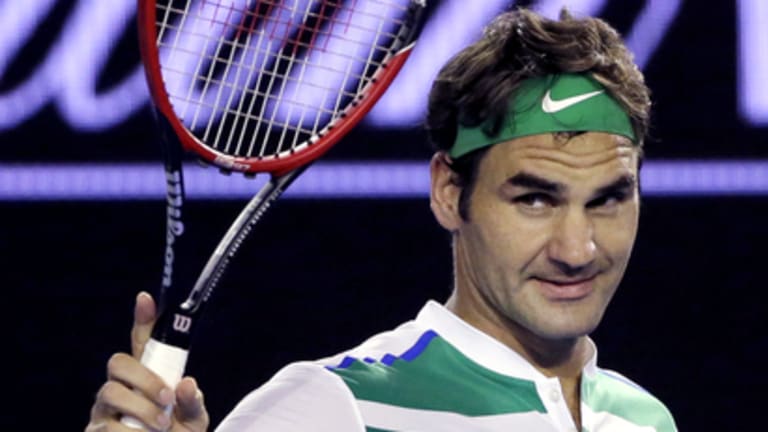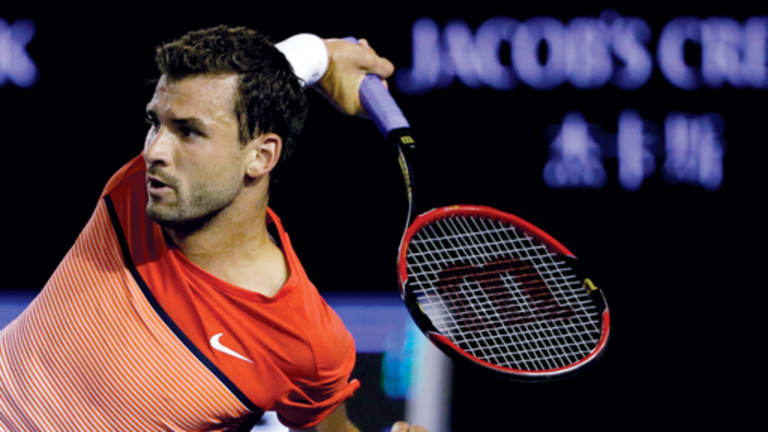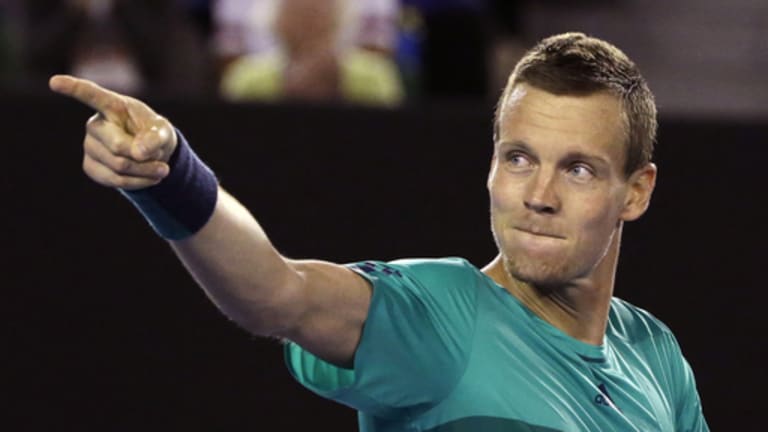Friday at the Australian Open was billed as a clash of generations in Rod Laver Arena: Two top male players in their 30s were going up against two promising players in their 20s. If you’ve followed tennis in any way, shape, or form for the last 10 years—or if you’ve just lived somewhere other than under a large rock—you know how this battle turned out. The old guys won. Neither victory was what you would call easy, but neither was ever seriously in doubt, either.
First, Roger Federer dispatched his mini-me and agency stablemate, Grigor Dimitrov, 6-4, 3-6, 6-1, 6-4. When the draw was made, this third-round encounter popped up on a lot of our radar screens, but it didn’t inspire much talk of an upset. Federer had dropped just one set in their four previous meetings, and while Dimitrov seems to have woken up from his long sleepwalk through 2015, it still remains an uphill matchup for him.
Dimitrov has many of the things that make Federer an appealing player to watch, namely his style and versatility. But he lacks the fundamental and often unsung aspects of Federer’s game that make the fancy stuff possible: Federer’s pace and weight of shot, and his determination to use them to break open a seemingly safe rally at any moment. Dimitrov, as we saw again on Friday, doesn’t have the horsepower or the creativity to soar as high as Federer; he can’t take over a point with the flick of a forehand, or lean on a down-the-line backhand, the way Federer can. Two stats—Federer’s 48 winners and 55 errors to Dimitrov’s 23 winners and 44 errors—tell the story of who controlled this match. Whether he was winning the points or losing them, Federer knew that control was key.
“I struggled a little bit,” Federer said of his play in the second set, “but then found my way back, then was able to take charge of the match. It was important.”
“I created too many opportunities and was able to put the pressure on when I had to.”


